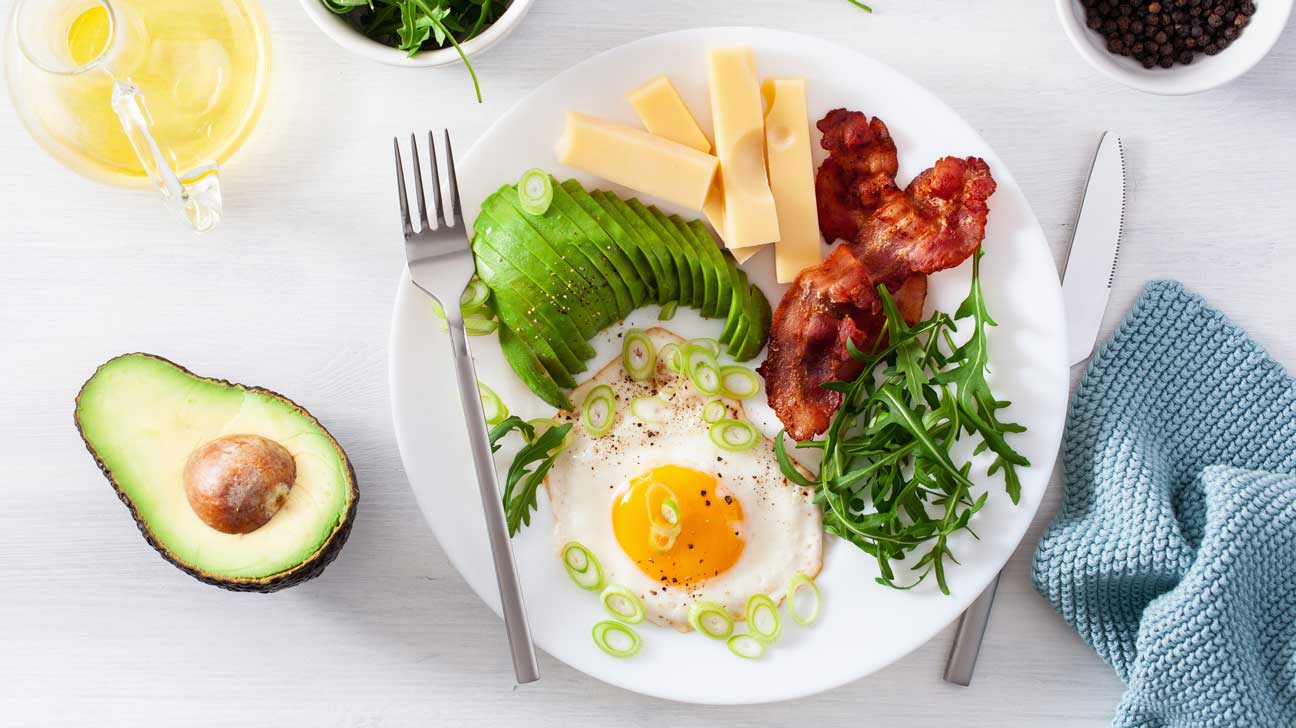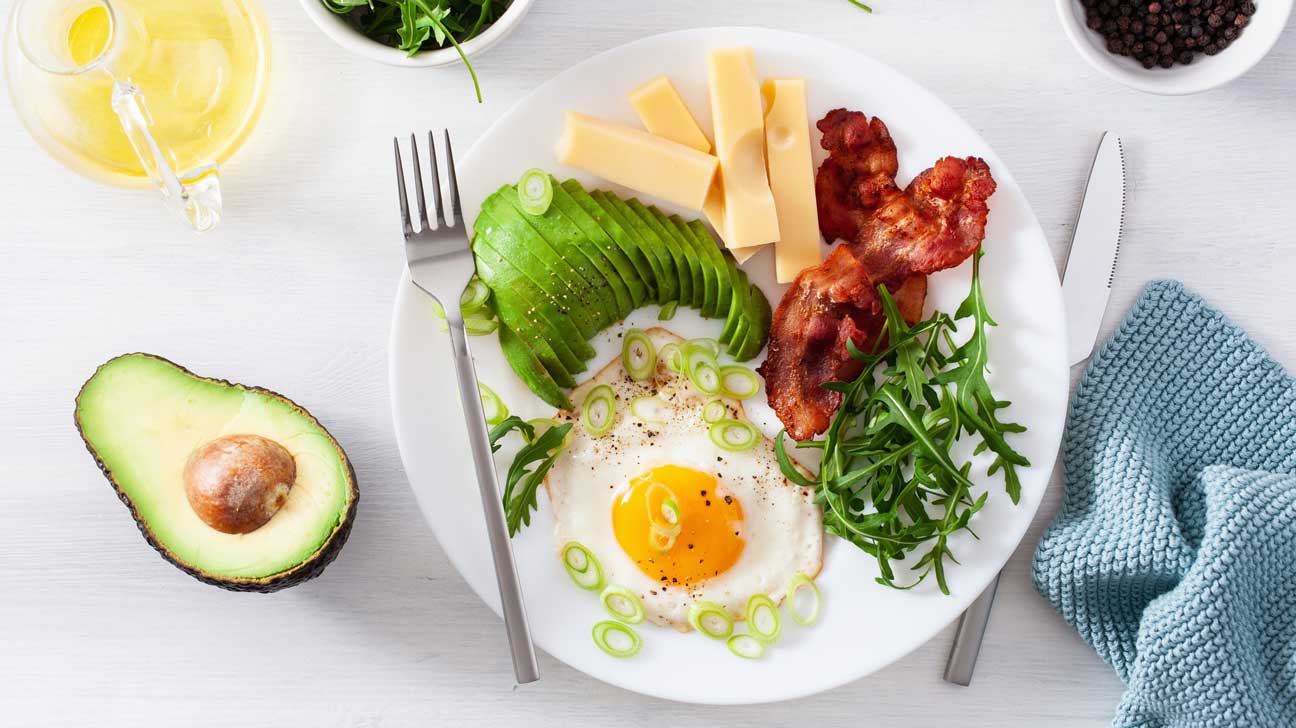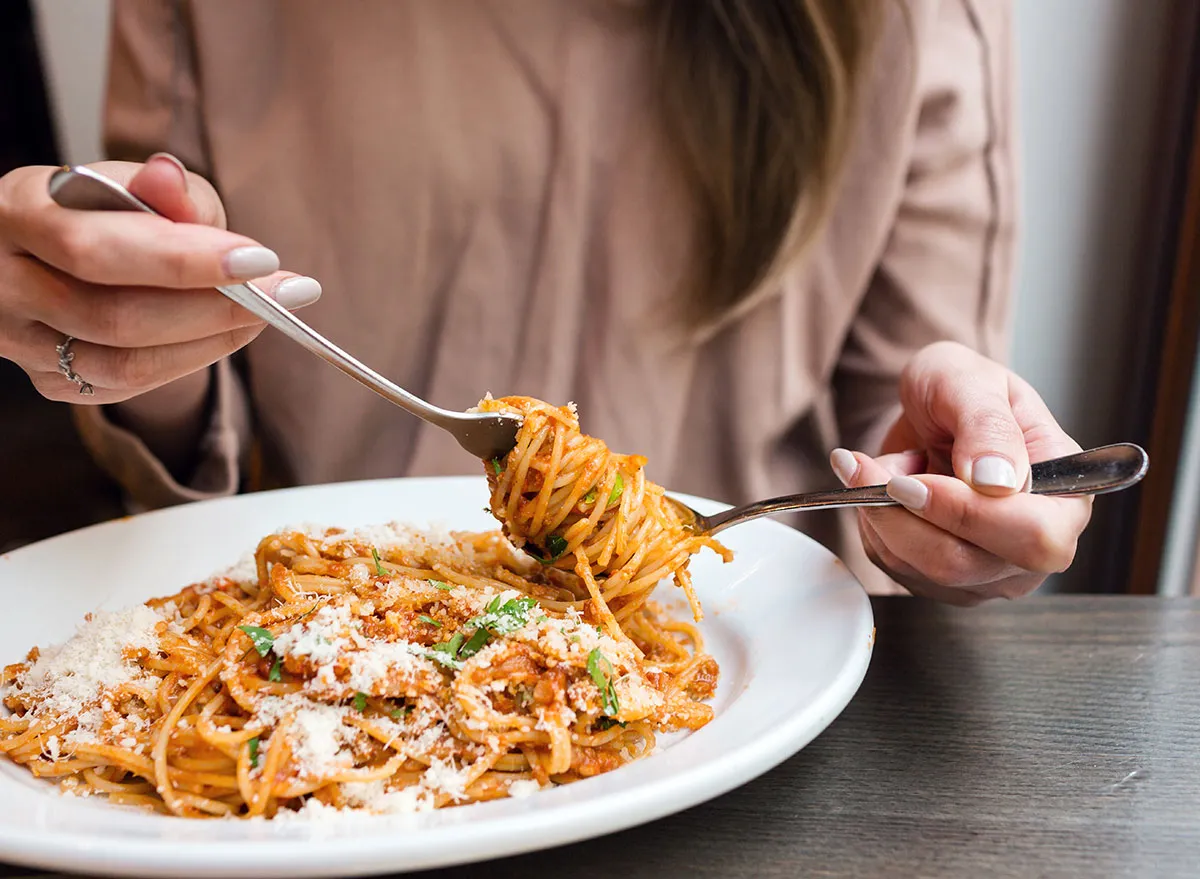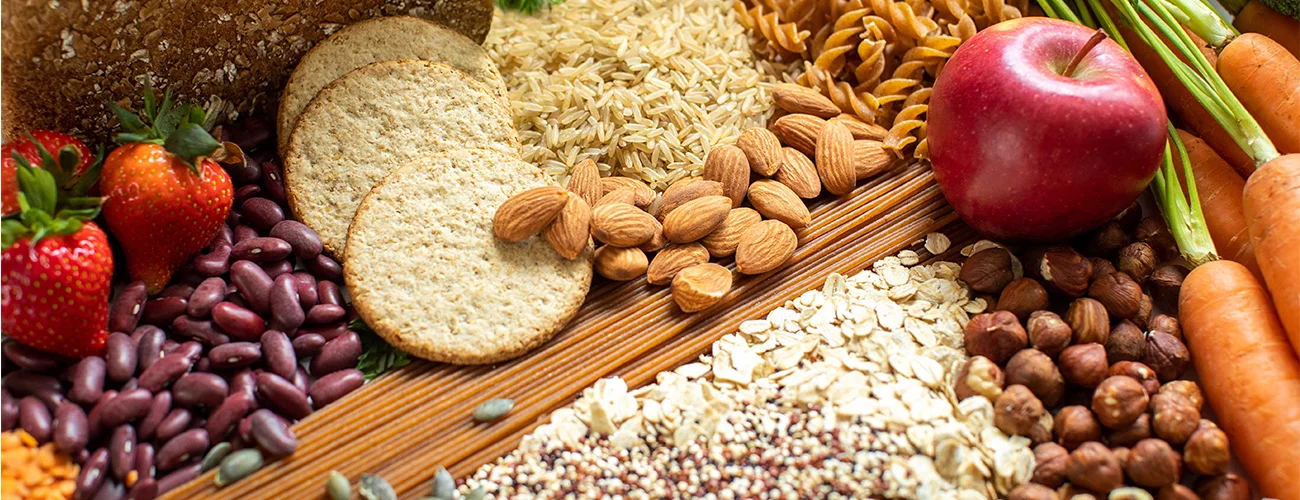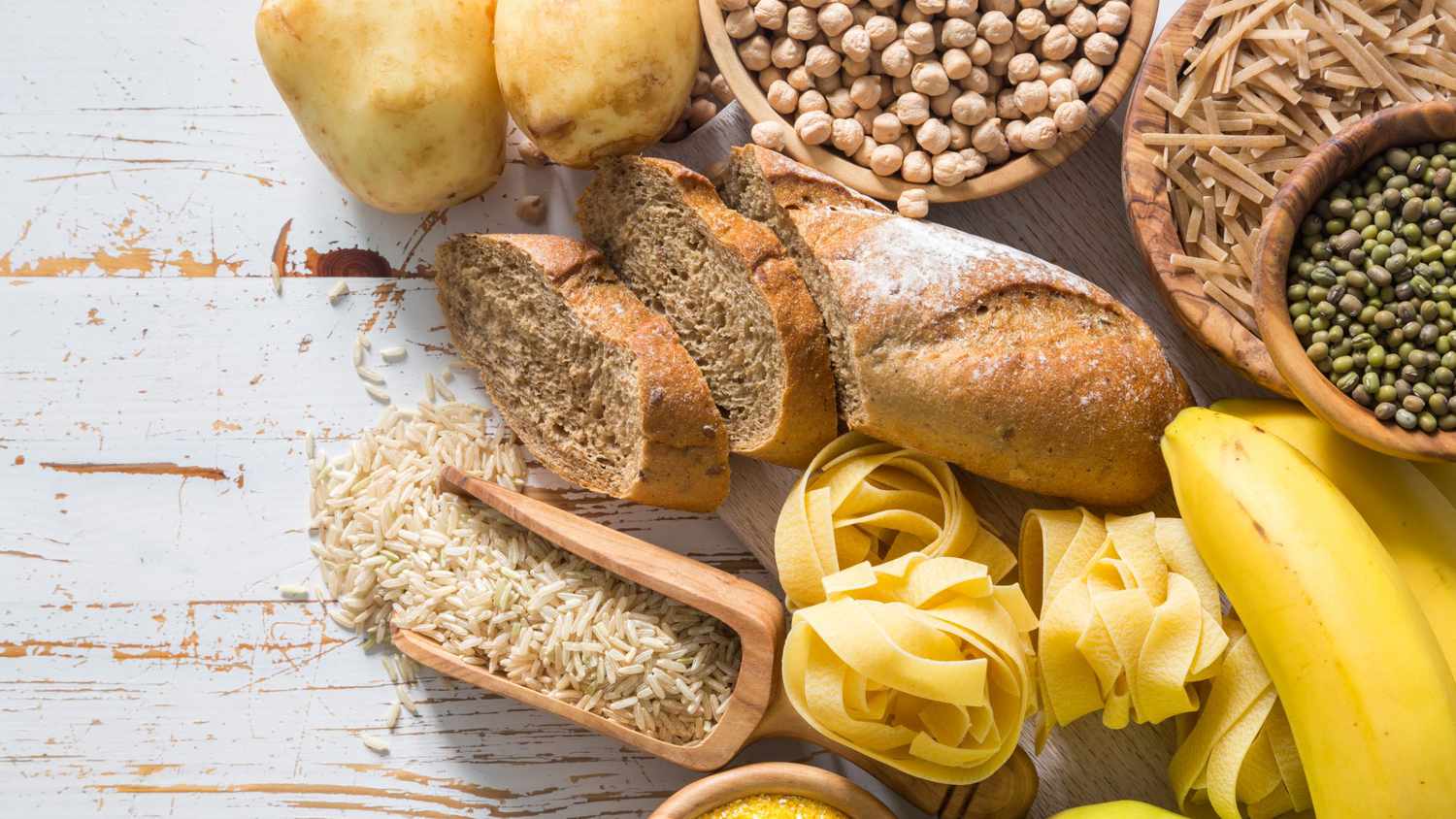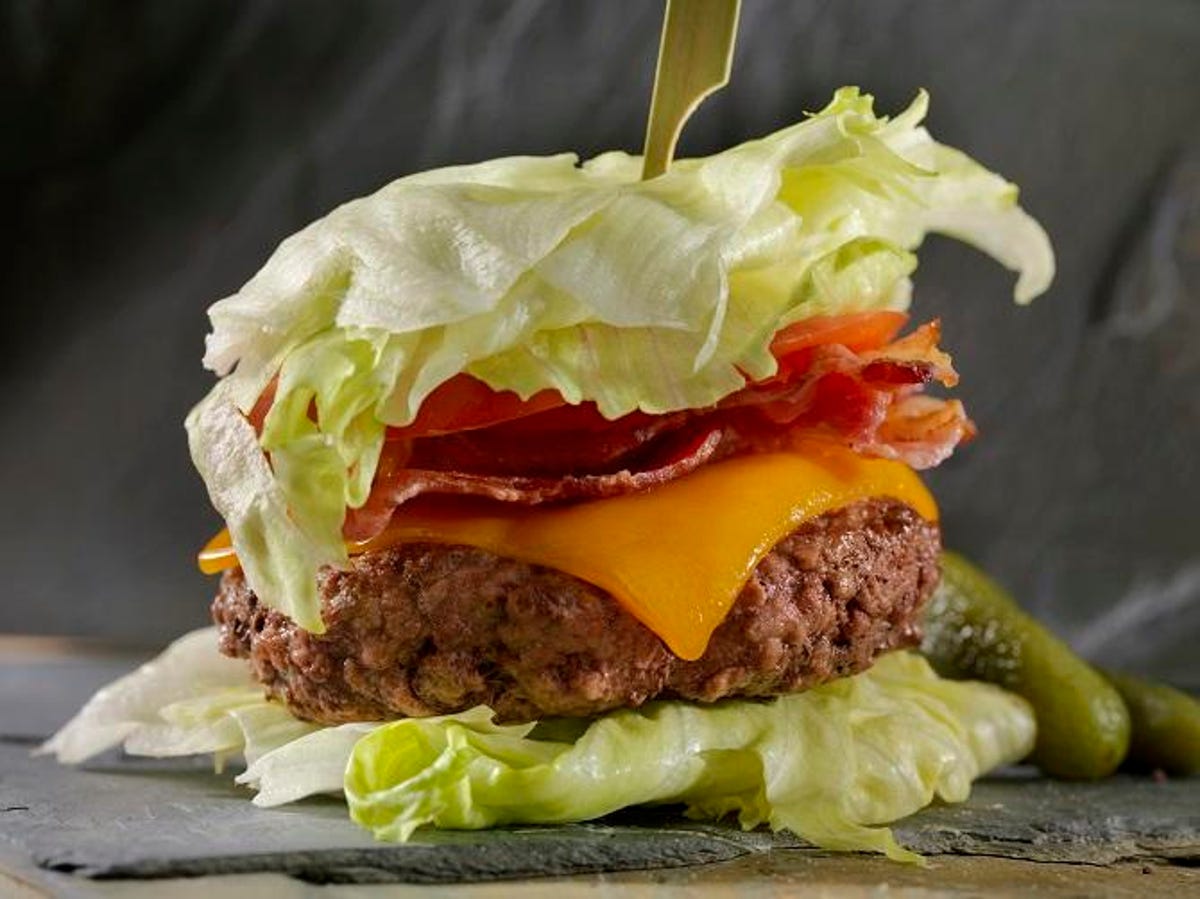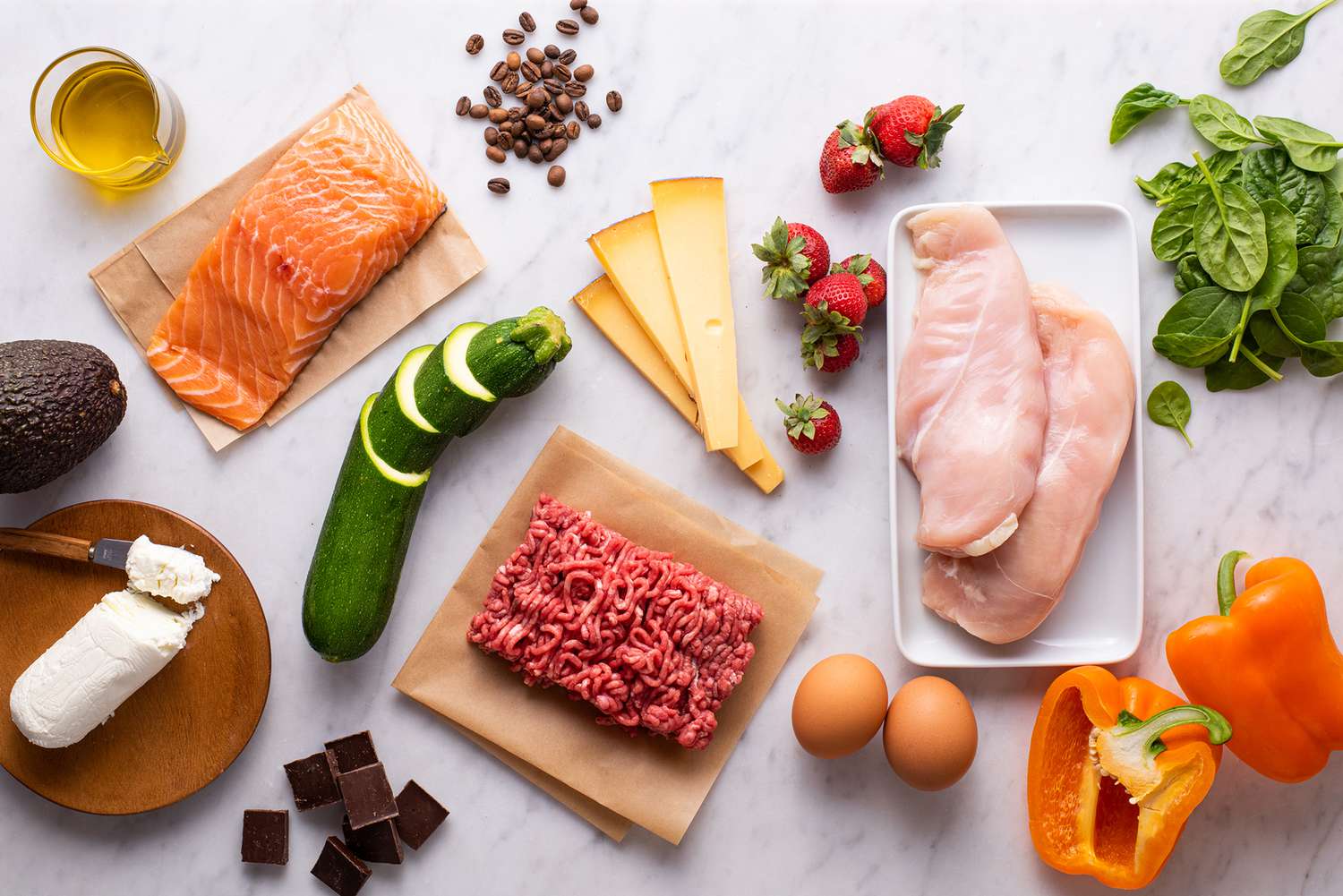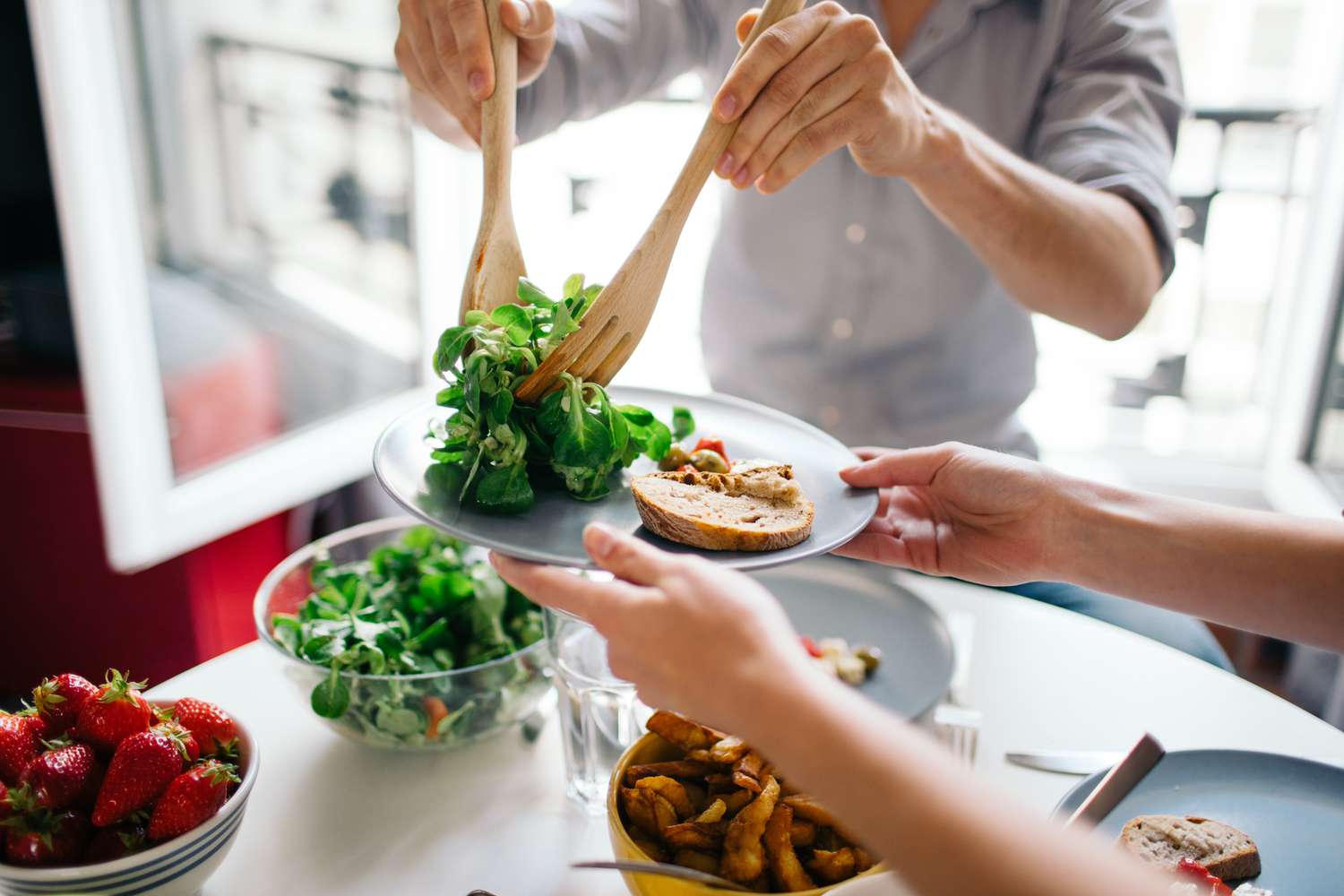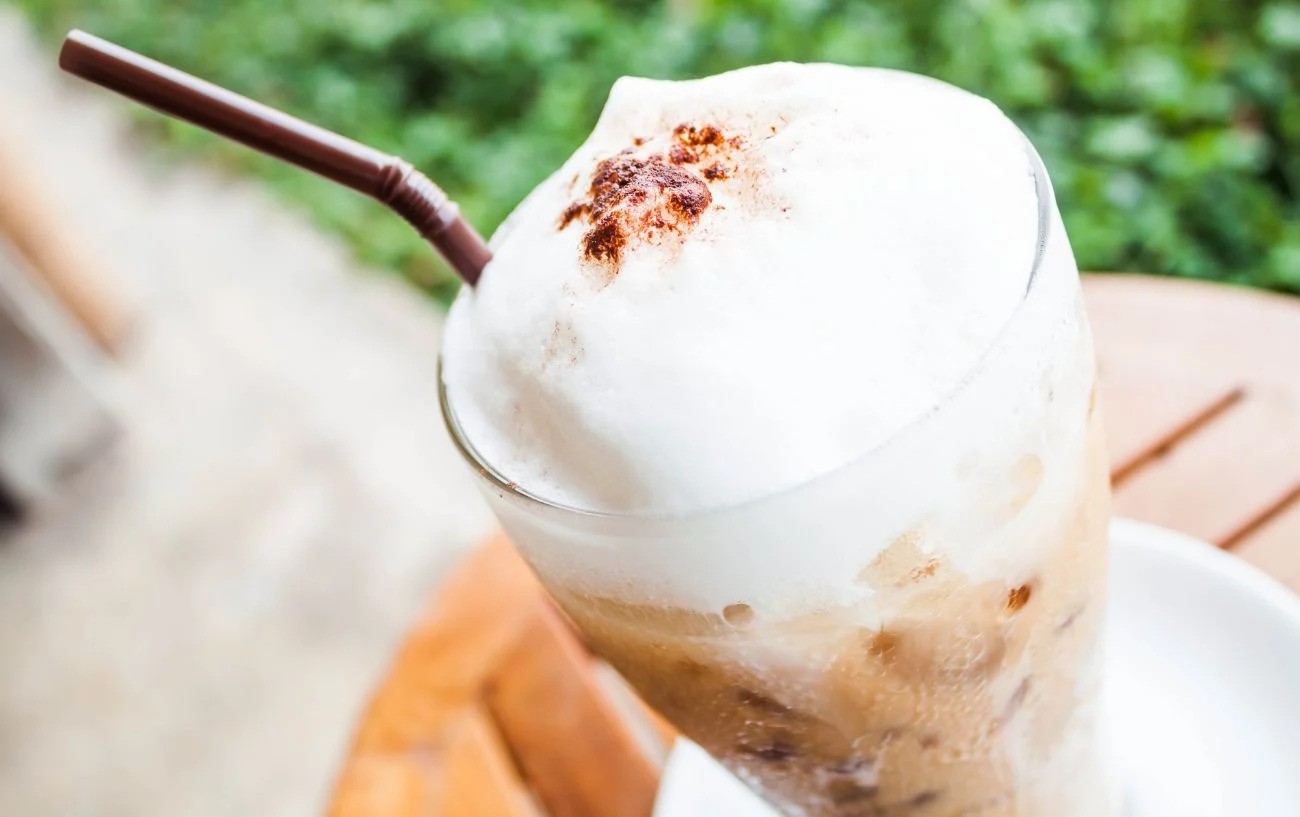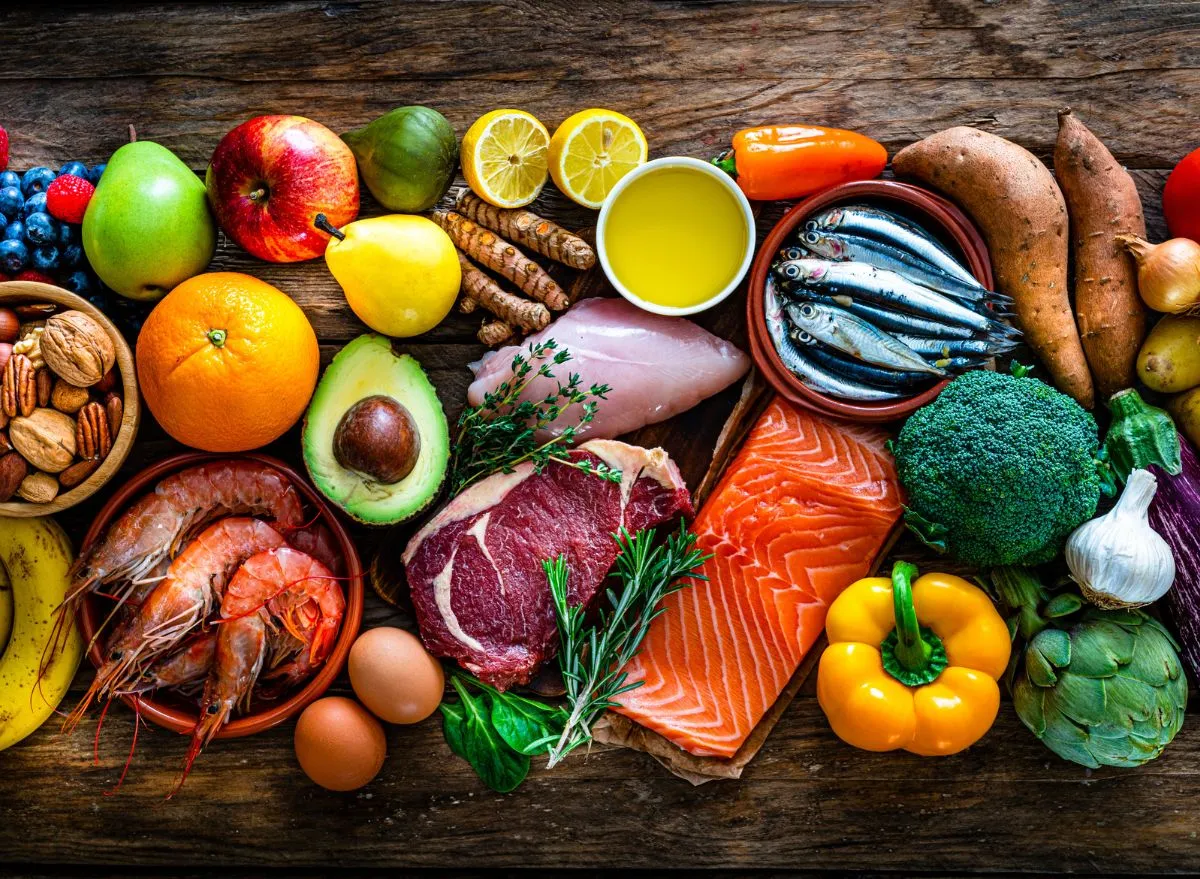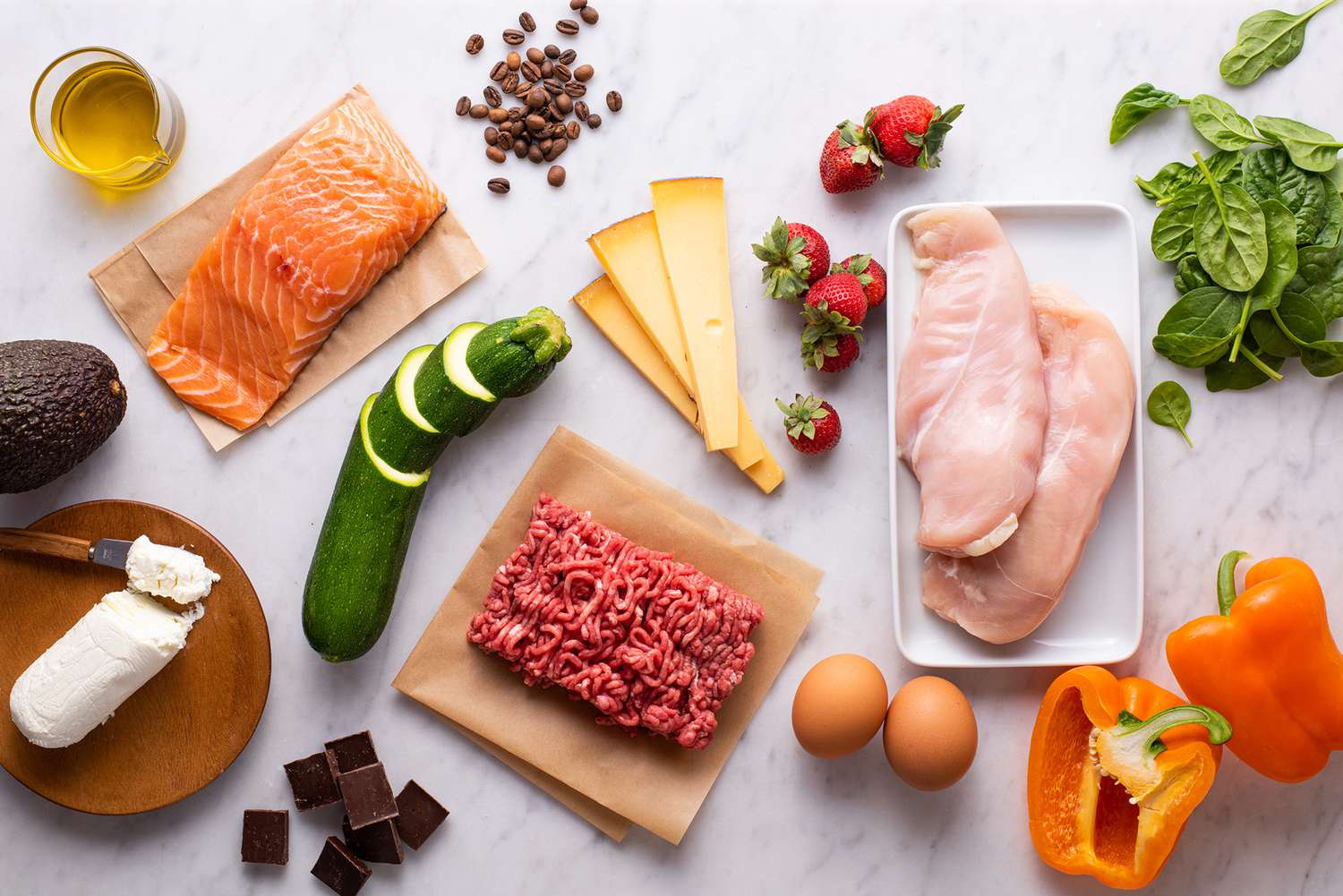Enjoying High Fiber Foods Without Carbs
When it comes to maintaining a healthy diet, finding ways to incorporate high fiber foods without consuming too many carbs can be a challenge. However, with a little creativity and some knowledge about the best options available, it’s entirely possible to enjoy a high fiber diet without relying on carbs. Here are some tips and tricks to help you achieve this balance:
Focus on Fiber-Rich Vegetables
Vegetables are an excellent source of fiber and can be enjoyed without consuming excessive carbs. Leafy greens such as spinach, kale, and Swiss chard are particularly high in fiber and low in carbs, making them an ideal choice for those looking to increase their fiber intake. Other non-starchy vegetables like broccoli, cauliflower, and bell peppers are also great options to consider.
Incorporate Nuts and Seeds
Nuts and seeds are not only packed with fiber but also provide essential nutrients and healthy fats. Almonds, chia seeds, and flaxseeds are all excellent choices for boosting your fiber intake without adding too many carbs to your diet. They can be easily incorporated into meals or enjoyed as a snack on their own.
Choose Low-Carb Fruits
While many fruits are naturally high in carbs, there are some options that are relatively low in carbs and high in fiber. Berries such as raspberries, blackberries, and strawberries are excellent choices for satisfying your sweet tooth while also increasing your fiber intake. These fruits can be enjoyed on their own, added to yogurt, or used in smoothies.
Explore High-Fiber Grains and Legumes
When it comes to grains and legumes, there are options that are higher in fiber and lower in carbs. Quinoa and lentils are both excellent sources of fiber and can be used as a base for a variety of dishes. Additionally, black beans and chickpeas are great options for adding fiber to your meals without significantly increasing your carb intake.
Read Food Labels Carefully
When shopping for packaged foods, it’s important to pay attention to the nutritional information on the labels. Look for products that are specifically labeled as high in fiber and low in carbs. This can help you make informed choices and select foods that align with your dietary goals.
Experiment with High-Fiber Recipes
There are countless recipes available that are specifically designed to be high in fiber and low in carbs. From vegetable stir-fries to grain-free salads, there are plenty of delicious options to explore. Get creative in the kitchen and don’t be afraid to try out new recipes that prioritize fiber-rich ingredients.
Final Thoughts
By focusing on fiber-rich vegetables, incorporating nuts and seeds, choosing low-carb fruits, exploring high-fiber grains and legumes, reading food labels carefully, and experimenting with high-fiber recipes, it’s entirely possible to enjoy a high fiber diet without relying on carbs. With a little planning and creativity, you can achieve a balanced and nutritious diet that supports your overall health and well-being.
Was this page helpful?
marsh912
"Hello, my name is Marsh Leon, and I am a Content Writer. In my free time, I enjoy learning and expanding my knowledge base to better serve.
